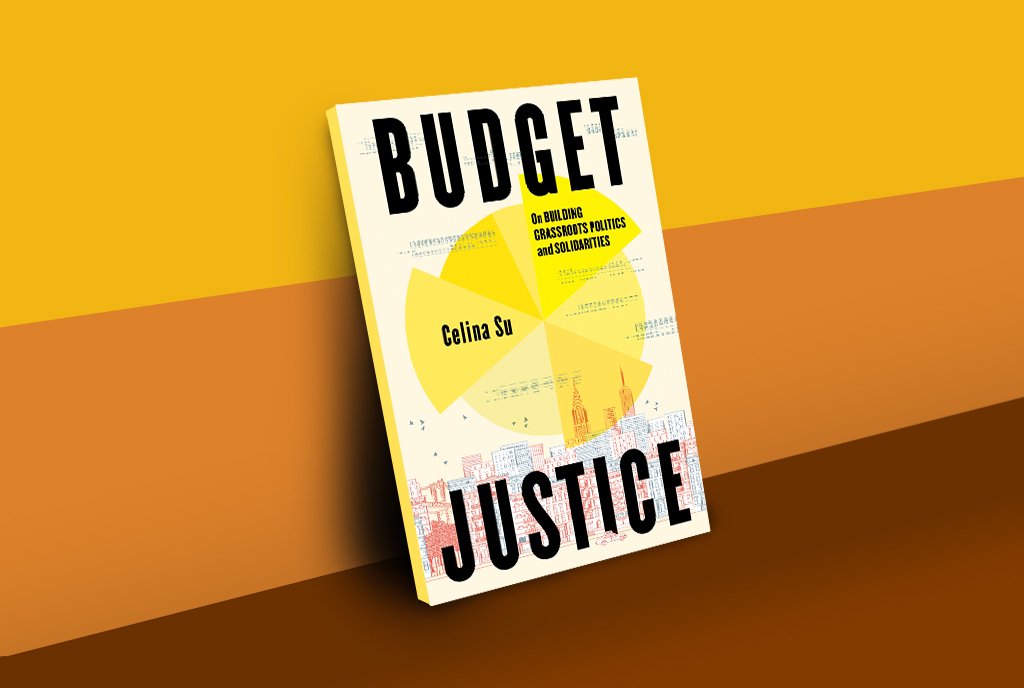
Winter 2014; City Journal
The City Journal’s senior editor, Steven Malanga, poses a question that’s challenging in its very formulation, not just its possible answer. Malanga, also a senior fellow at the Manhattan Institute, asks how “to change New York’s culture of nonprofit corruption.”
In truth, Malanga’s broad swipe at nonprofits is unwarranted. Malanga doesn’t back up the notion that the Big Apple’s nonprofit sector is somehow systemically corrupt, despite producing the likes of William E. Rapfogel, the former executive director of the Metropolitan New York Coordinating Council on Jewish Poverty, whose nonprofit ethics—dubious, to say the least—have been covered repeatedly in the NPQ Newswire. To the contrary, the aspersion that the nonprofits in the city or state of New York are somehow culturally corrupt is objectionable. The National Center for Charitable Statistics suggests that there are more than 61,700 501(c)(3) public charities registered in New York State, with over 27,000 filing Form 990s and another 15,000 or so filing 990-Ns, plus 11,500 registered private foundations and 18,500 “other nonprofits.” Very few of these thousands of groups have ended up in any trouble, much less the vortex of problems associated with Rapfogel.
Sign up for our free newsletters
Subscribe to NPQ's newsletters to have our top stories delivered directly to your inbox.
By signing up, you agree to our privacy policy and terms of use, and to receive messages from NPQ and our partners.
What Malanga points out that does deserve scrutiny is a subject that we have covered at the Nonprofit Quarterly numerous times: the overly close connections between some nonprofits and some politicians, including where politicians funnel public funds to client nonprofit supplicants. The specific practice that New York has perfected in years past—and persists, unfortunately, to the present day in parts of the city council of New York City and the New York State legislature, despite various reforms—is the practice of awarding earmarks or “members’ items” infusions of cash to politicians’ favored nonprofits, often created or staffed by the pols’ staff members, campaign acolytes, or familial relations. Rapfogel was one politically embedded nonprofit leader, but Malanga adds additional examples, such as state senator Shirley Hunter and her nonprofit, Parent Workshop, Inc., state senator Pedro Espada, linked to a Bronx nonprofit he controlled and his son staffed, and city council members Larry Seabrook and Hiram Monserrate with their nonprofit relations.
Malanga mistakenly implies that this problem stems from the anti-poverty era, when the people who ran these community-based organizations gained political power and, in some cases, entered politics. He cites the example of Vito Lopez, who went from a nonprofit in Brooklyn to becoming a power broker in the state assembly while state funds went to the nonprofit where his campaign treasurer and girlfriend earned disproportionately massive salaries. To generalize from Lopez to impugn the array of antipoverty agencies across the board is really not right, not warranted, and not fair. For nonprofit leaders and the communities they represent, developing small-”p” political power to represent their interests is one of the key principles of successful mobilization. That’s not a recipe for corruption along the lines of Lopez, but a strategy for poor communities to develop effective voices in their futures, which would otherwise go unheard and ignored.
If Malanga’s diagnosis of systemic nonprofit corruption is recognized as overwrought, his solutions for New York concerning the relationships of politicians and nonprofits head in the right direction:
- He recommends ending the state’s earmarking practices. We would suggest that this be targeted where the abuse really is: the ability of individual legislators at the city or state level to individually allocate pots of money on their own discretion with limited or almost no oversight. There may be instances where the legislature might, as a deliberative body, make a specific legitimate non-categorical grant to a nonprofit, which Malanga might define as an earmark, but that doesn’t quite fit the bill. The reprehensible practice is when money is allocated without the legislature acting as a body, but with individual legislators disbursing funds under their control on their own whim.
- Malanga notes that rarely are these earmarked grants audited for performance and effectiveness. While the practice of individual earmarking should be ended no matter what, New York State should be aggressive in pursuing audits of past “members’ items” and, to the extent that the practice continues in some form or another, future members’ items in detail—and not just audits by the legislature itself or even by the state comptroller, but hopefully with the participation of the New York attorney general. If a politician is connected to a nonprofit, both the pol and the nonprofit should expect a double dose of public scrutiny.
- Malanga recommends that the “state legislature should also ban nonprofits from getting more than 25 percent of their revenues from Albany if an immediate family member of a state legislator is part of the group’s management.” That seems arbitrary and unwarranted, as a nonprofit leader might be related to a political leader because both share a commitment to public service—and not like Vito Lopez’s definition of public service. Rigorous auditing and public oversight and revelation of any familial connections should be the norm. However, that rigorous auditing shouldn’t be limited to nonprofits with blood connections to politicians, but to nonprofits with the politicians’ campaign staff and political staff on board.
- Malanga offers nothing on another major problem of politically established or staffed nonprofits. Major donors with interests in influencing politicians will often make donations to the nonprofits in order to get face time with the pols, their relatives, or their current or former staff. They can do this behind the scenes, without reporting the contacts as disclosable “lobbying,” because they’re giving to the politicians’ ostensibly charitable nonprofits, and the donors’ identities are protected by the nonprofits’ 501(c)(3) confidentiality rules. With politically connected nonprofits, the standards of donor disclosure ought to be different. It should come with the territory; politically created, connected, or staffed nonprofits should be required to disclose all donations and their donors above a certain level, say $500, so that special interests don’t get to use these nonprofits as venues to purchase politicians’ face time.
Add one more recommendation: Nonprofits in New York should be calling for a bolstered regimen of state oversight from the Attorney General’s office no matter what, and that means increased funding for the AG’s charity oversight unit. Cleaning up the corrupt exceptions to the rule, contrary to Malanga’s analysis, will help dissuade the likes of Malanga and others from imagining a systemically corrupt nonprofit culture.—Rick Cohen











